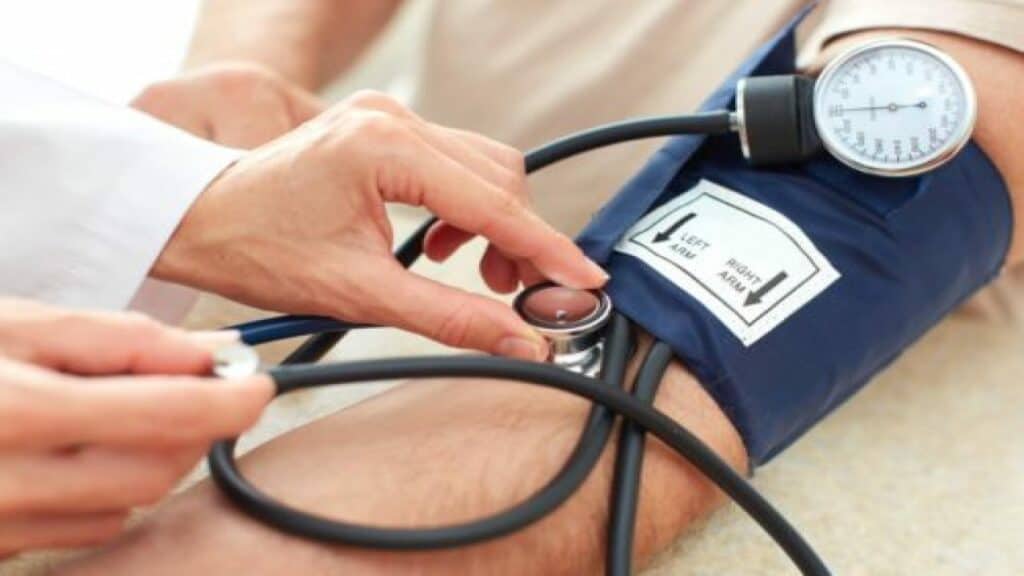
New High Blood Pressure Guidelines From the American College of Cardiology
The American College of Cardiology and the American Heart Association recently released updated blood pressure classifications and guidelines. These guidelines come from years of research, and are accompanied by updated guidance and management strategies for individuals who may be at risk for a cardiac event. High blood pressure is known as a “silent killer,” which means it can cause harm without any symptoms. For this reason, it is important to stay updated on current guidelines, and know where your blood pressure normally ranges.
Up until recently, “normal” blood pressure should fall under 140/90. I put “normal” in quotations because blood pressure, like most other health measures, should be individualized and safe ranges can vary based on age, gender, and health status. The new guidelines now state that for the general population, normal should fall below 120/80. Stage 1 hypertension (high blood pressure) is now classified as systolic (the high number) between 130 and 139, or diastolic between 80 and 89. Stage 2 is now over 140 systolic or 90 diastolic.
These organizations have also stressed the importance of correctly measuring and regularly monitoring blood pressure. A correct reading should be obtained from at least two careful readings on at least two different occasions. Remember that blood pressure can fluctuate based on stress, hydration levels, smoking, caffeine, and other environmental factors, so there is a possibility of a false-high or false-low reading from time to time. At-home digital monitors should be used regularly for individuals at high risk of cardiac emergency, and for those who have been diagnosed with high blood pressure on two separate occasions. At home checks can also help tease out masked hypertension (when blood pressure is normal at a doctor’s office but high the rest of the time) as well as white-coat hypertension (when blood pressure is high at a doctor’s office due to stress and nervousness, but normal the rest of the time).
In my eyes, the most exciting thing about the new blood pressure recommendations are the updated treatment protocols. The new guidelines clearly state that medications should not be the first line of intervention. For people with borderline elevated blood pressure, and for those with Stage 1 hypertension with low risk for cardiovascular disease, lifestyle interventions are the most appropriate forms of treatment. The most important change is a diet high in fruits, vegetables, seeds, nuts, and lean proteins, with minimal amounts of processed grains and sugars and very little alcohol (sound familiar?). Changes in diet have been shown to significantly lower blood pressure and reduce the risk for all chronic disease, including heart disease. Exercise and physical activity are also beneficial for lowering blood pressure and optimizing cardiovascular health all around. We should strive for an average of 3.5 hours of
intense exercise per week.
The new guidelines also state that for individuals with Stage 2 hypertension who are at higher risk for developing cardiovascular disease, medication may be necessary, but used in junction with lifestyle changes. In my opinion, the medication should only be used for a short amount of time to bring blood pressure down to avoid a serious complication, then lifestyle changes should take over in place of medication. We know that high blood pressure is never caused by a lack of medication, so by recommending changes in the lifestyle factors that caused the issue in the first place, there is a much better chance at safely and successfully resolving it.
Yours in Health, Dr. Alex

